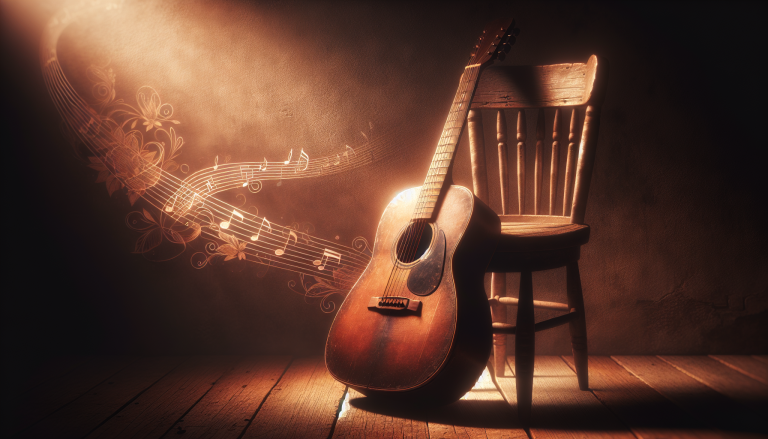The Soulful Genesis: Tracing the Roots of Blues Music
In the vast tapestry of American music, blues stands out as a raw, primal heartbeat—a genre that pulses with the pain, hope, and resilience of generations. Blues music is not simply a collection of chords or a mode of singing; it is the emotional crucible from which much of jazz, R&B music, and modern American music sprouted. Its origins are deeply entwined with the African American experience, particularly in the Deep South near the turn of the 20th century, where sorrow and celebration coexisted in the rhythmic call and response of work songs, spirituals, and field hollers.
Blues music emerged in the Mississippi Delta and surrounding regions, a crucible simmering with the melodies and rhythms passed down from African slaves and shaped by the hardships of sharecropping life and segregation. It was here that the 12-bar blues form, the bending of notes, and the storytelling lyricism took shape, embodying both personal grief and communal narrative. As folklorist W.C. Handy, often called the “Father of the Blues,” would later put it, “They sing about troubles, but there’s always a hint of hope in their songs.”

Rhythms of the Human Experience: What Defines Blues?
Blues music is a sophisticated, yet deeply accessible genre built on a musical framework that is both structured and fluid. At its core lies the 12-bar blues progression—a looping cycle often anchored by three chords—creating a musical canvas upon which the artist paints stories of heartache, joy, perseverance, and more. The genre is characterized by a soulful vocal delivery that bends and slides between notes, mimicking the human voice’s expressive qualities with a guitar, harmonica, or piano.
This bending is more than mere aesthetics; it’s a musical embodiment of emotion, the way a singer or instrumentalist can evoke crying, laughter, or yearning through tone and timing. Blues vocals often employ a call-and-response pattern either between voice and instrument or between singer and band, harkening back to African musical traditions. The lyrical themes center around life’s struggles and loves—the loss of a lover, economic hardship, freedom’s elusive pursuit—making each song a vignette of lived experience.
Architects of the Blues: Titans Whose Music Moved Mountains
The pantheon of blues artists resonates with personalities as rich and varied as the genre itself. From the hauntingly beautiful delta blues of Robert Johnson, whose mythic guitar playing and shadowy life have become the stuff of legend, to the electrifying innovation of B.B. King, the “King of the Blues,” whose expressive vibrato on the guitar became a voice unto itself, the genre is full of figures who carved their names into music history.
Muddy Waters pulled the blues from rural Mississippi into the urban limelight of Chicago, electrifying it and laying foundations for modern blues and rock’n’roll alike. His gritty, powerful sound redefined the possibilities of blues music, delivering it to new audiences and inspiring generations. Etta James, with her powerhouse vocal delivery, blurred the lines between blues, R&B music, and soul, infusing emotional gravity into each note. Their stories are not just chronicles of musical achievement but narratives of survival and transformation within a society rife with adversity.
Timeless Tracks and Landmark Albums: Soundtracks of the Blues Journey
Certain songs and albums encapsulate the essence of blues music, serving as enduring milestones for listeners and musicians. Robert Johnson’s “Cross Road Blues” tells a mythic tale entwined with the legend of a deal with the devil, its haunting fingerpicking and evocative storytelling making it a cornerstone of roots music. Muddy Waters’ “Hoochie Coochie Man” bursts with swagger and primal confidence, channels electric blues at its fiercest, while B.B. King’s “The Thrill Is Gone” carries the sorrow and beauty of loss through its mournful strings and soulful vocals.
Albums such as Howlin’ Wolf’s self-titled record and “Live at the Regal” by B.B. King further illustrate the blues’ transformative power in live performance, where spontaneity and emotion coalesce in real time. These recordings are more than entertainment—they’re sonic portraits of America’s cultural shifts, mapping changes in societal moods and musical innovations. Etta James’ “At Last!” blends blues with R&B music and jazz, demonstrating the genre’s ability to transcend and hybridize, influencing the course of popular music forever.
The Enduring Echo: Blues’ Lasting Impact on Music and Culture
Blues music is the wellspring from which the currents of jazz and R&B music have flowed. The syncopation, improvisation, and expressiveness cultivated in blues paved the way for jazz’s complexity and the soulful grooves of R&B. It shaped rock’n’roll’s rebellious spirit, giving voice to the youth’s longing and freedom. Its influence seeps into the DNA of American music, a reminder of the past’s weight and the human heart’s capacity for endurance and celebration.
Beyond sounds and scales, blues birthed an ethos—a commitment to authenticity, storytelling, and emotional truth. It injected American music with a pulse of resilience and passion, opening doors for marginalized voices and cultural cross-pollination. As Clapton once reflected, “Without the blues, there’d be no rock’n’roll.” Decades later, the genre’s rhythms still reverberate in contemporary music, threading through hip hop, pop, and beyond.
Blues music is not a static museum piece; it’s an ever-evolving testament to life’s complexities, sung and played in smoky clubs, street corners, and concert halls worldwide. Its grooves linger in our collective soul, a rhythmic reminder that even in darkness, music carries the power to heal, unite, and ignite the human spirit. The blues is the heartbeat beneath American music’s vibrant tapestry, a journey into the depths of feeling where every note tells a story—and every story sings with soul.